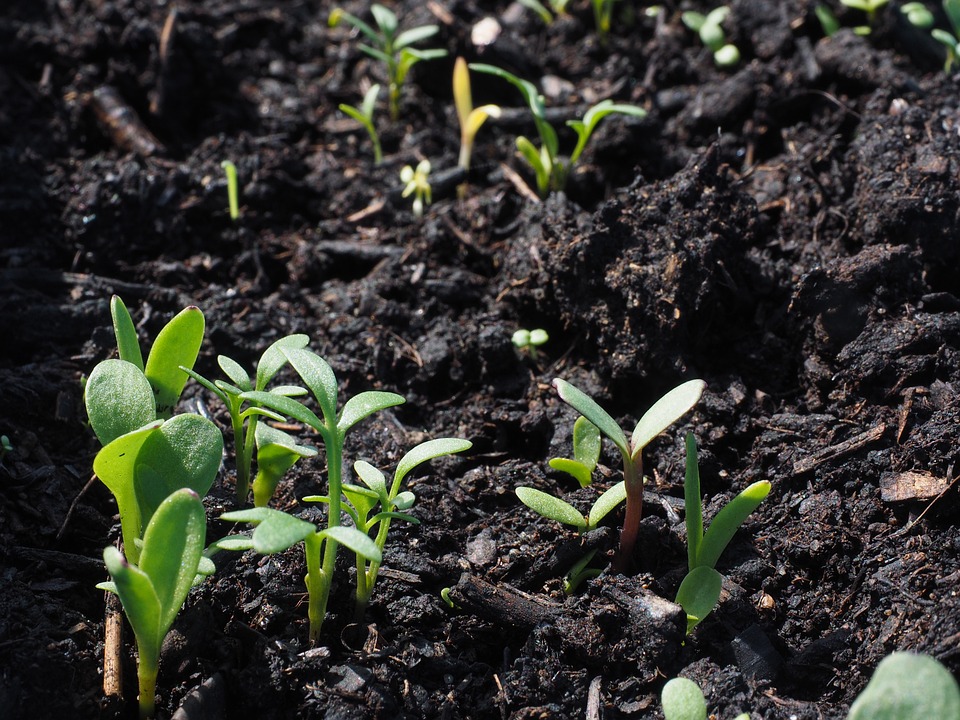Introduction
Proper soil care is essential for any gardening or planting endeavor. Whether you are a beginner or an experienced gardener, understanding the basics of soil care can significantly enhance the health and productivity of your garden. In this article, we will provide expert tips and insights on mastering the essentials of soil care.
The Importance of Soil Care
The quality of your soil directly affects the growth and development of your plants. Healthy soil provides essential nutrients, proper drainage, and sufficient aeration, all of which are necessary for optimal plant growth. Taking care of your soil ensures that it remains fertile, well-balanced, and thriving. Additionally, maintaining proper soil health can also prevent environmental degradation and erosion, preserving the delicate ecosystem in your garden.
Knowing Your Soil
Before embarking on any soil care routine, it is crucial to understand the characteristics of your soil. Different types of soil, such as sandy, clay, or loamy soil, have varying nutrient levels, drainage capacities, and pH levels. Conducting a soil test can help you identify the specific needs of your soil, allowing you to tailor your care routine to its requirements. You can get a soil testing kit from your local gardening center or send a sample to a nearby agricultural extension service for more detailed analysis.
Improving Soil Structure
Soil structure refers to the arrangement of soil particles and the spaces between them. A well-structured soil promotes root development, water infiltration, and nutrient exchange. If you have compacted soil, which is common in areas with heavy foot traffic or clay-rich soils, you need to improve its structure. Regularly add organic matter such as compost, peat moss, or well-rotted manure to enhance soil structure and increase its ability to hold moisture.
Maintaining Proper Soil pH
pH levels in soil indicate its acidity or alkalinity, which affects nutrient availability to plants. Most plants thrive in a slightly acidic to neutral range of pH. Testing your soil’s pH and adjusting it accordingly ensures that plants can efficiently absorb nutrients. Lime is often added to raise pH levels, while sulfur or aluminum sulfate is used to lower them. However, it is essential to follow specific measurements and recommendations provided by soil testing results, as excessive adjustments may harm your plants.
Providing Adequate Drainage
Well-draining soil allows excess water to move away from plant roots, preventing waterlogging and root rot. If your soil tends to retain water, you can improve drainage by incorporating organic matter and creating raised beds or adding drainage pipes. For poorly drained areas, consider installing French drains or utilizing plants that can tolerate moisture, such as ferns or certain species of ornamental grasses.
FAQs Section
Frequently Asked Questions
1. How often should I water my plants?
The frequency of watering depends on several factors, including plant type, weather conditions, and soil moisture retention. As a general rule, it is better to water deeply and less frequently than to provide shallow watering daily. This practice encourages plants to develop deep, robust root systems that can access moisture from the lower layers of the soil.
2. Can I use tap water for watering plants?
Tap water can be used for watering plants, but it varies depending on the quality of your local water supply. Some tap water contains high levels of chlorine and other chemicals that may have adverse effects on plant health over time. If your tap water has a high chlorine content, consider using rainwater or filtered water for your plants.
3. How often should I fertilize my soil?
The frequency of fertilization depends on the specific nutrient requirements of your plants. Before adding fertilizers, it is crucial to conduct a soil test to determine nutrient deficiencies. Generally, organic fertilizers can be applied once or twice a year, while slow-release synthetic fertilizers may only require one application during the growing season.
4. Can I reuse potting soil?
Yes, potting soil can be reused with proper preparation. Before reusing, remove any plant debris or weeds from the soil, and mix in fresh organic matter or compost to replenish its nutrient content. Additionally, sterilizing the soil by heating it in an oven or exposing it to direct sunlight can help eliminate pests and diseases.
5. How can I prevent soil erosion in my garden?
To prevent soil erosion, you can implement various erosion control measures. Planting ground covers, such as grass or spreading shrubs, can help stabilize soil and prevent erosion. Mulching your garden beds with organic materials like bark chips, straw, or wood fibers can also protect the soil from rainwater impact and minimize erosion. Additionally, constructing terraces, retaining walls, or using erosion control blankets can further aid in preventing soil erosion.




